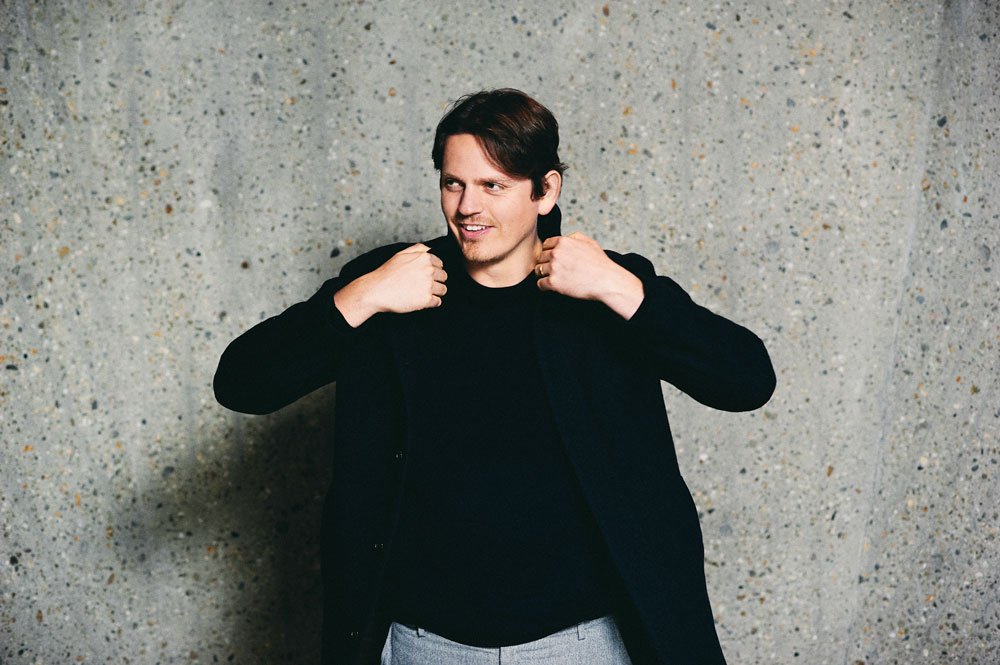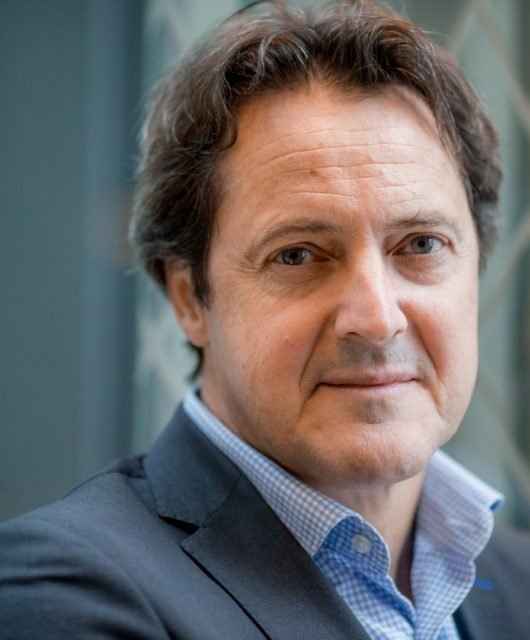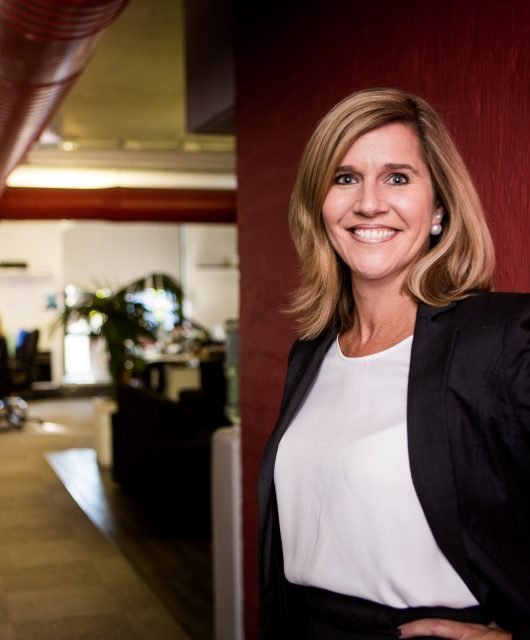How Transport And Buildings Express Themselves Through Sonic Branding
By Roscoe Williamson, Creative Strategy Director, MassiveMusic London

As most of us know, music is a universal language that has the ability to transcend culture from all corners of the globe. Over the last couple of years, we at international creative music agency MassiveMusic have been pleasantly surprised by some unexpected places the practice of sonic branding has taken us. From designing the sound of RTA, Dubai’s transportation system, to soundtracking the inner workings of the ITHRA building, a majestic cultural centre in the Saudi Arabian desert, we are finding that brands and organisations are starting to think more about sonic expression through the lens of the built environment.
As we move around our cities, towns, parks and buildings, the backdrop that subtly soundtracks our day might soon start to become more intentionally designed. The SONORUS project in Brighton proved the benefits of designed public soundscapes, from a social cohesion point of view, showing how music and sound can influence people to behave less antisocially. Similarly, recent scientific developments relating to the study of how music affects us emotionally have become ever-increasingly advanced. Studies like the University of Innsbruck’s Geneva Emotional Music Scale (GEMS) unpack the mysteries behind how music can be designed to elicit specific emotions in people such as tenderness, wonder and nostalgia. Music can influence the amount of time people spend in open spaces: the University of Sheffield recently demonstrated how certain types of music made members of the public dwell significantly longer, even in nondescript, unattractive urban spaces such as dimly lit concourse bridges.
Where this new scientific frontier gets even more interesting is when we start to combine it with emerging technologies. Generative soundscapes and hyper directional speakers are just two such examples. Glasgow Airport implemented an ambient generative soundscape in order to try and reduce stress in travellers. Researchers found they were indeed less stressed but, interestingly, they also didn’t consciously know that there was any music playing. Ambient music godfather Brian Eno once described this type of effect as an audio ‘tint’, a type of music that evolves over time, creating a sonic hue that paints the environment. Science now tells us that this sonic hue can be designed to create an understated, but deliberately designed, positive effect on the listener.
Building upon this emotive music trend as a starting point, things start to get even wackier and more exciting when you start to consider the rapid advancements in speaker technology. Currently used mainly in museums and galleries, Hyper Directional speakers can beam a narrow sound shower towards a listener, creating solo sonic experiences only a few feet in diameter. These produce no sound bleed and no noise pollution. Furthermore, companies like Turtle Beach are now evolving this technology so that it works not through speakers but surfaces such as glass.
Connecting the dots, we now have the ability to sonically enhance our lives through a more intentionally designed approach to the built environment. The opportunities are there for the taking and it is those within the private and public sector that are willing to experiment and harness these new possibilities that will reap the rewards of happier, calmer and more content customers and members of the general public.





